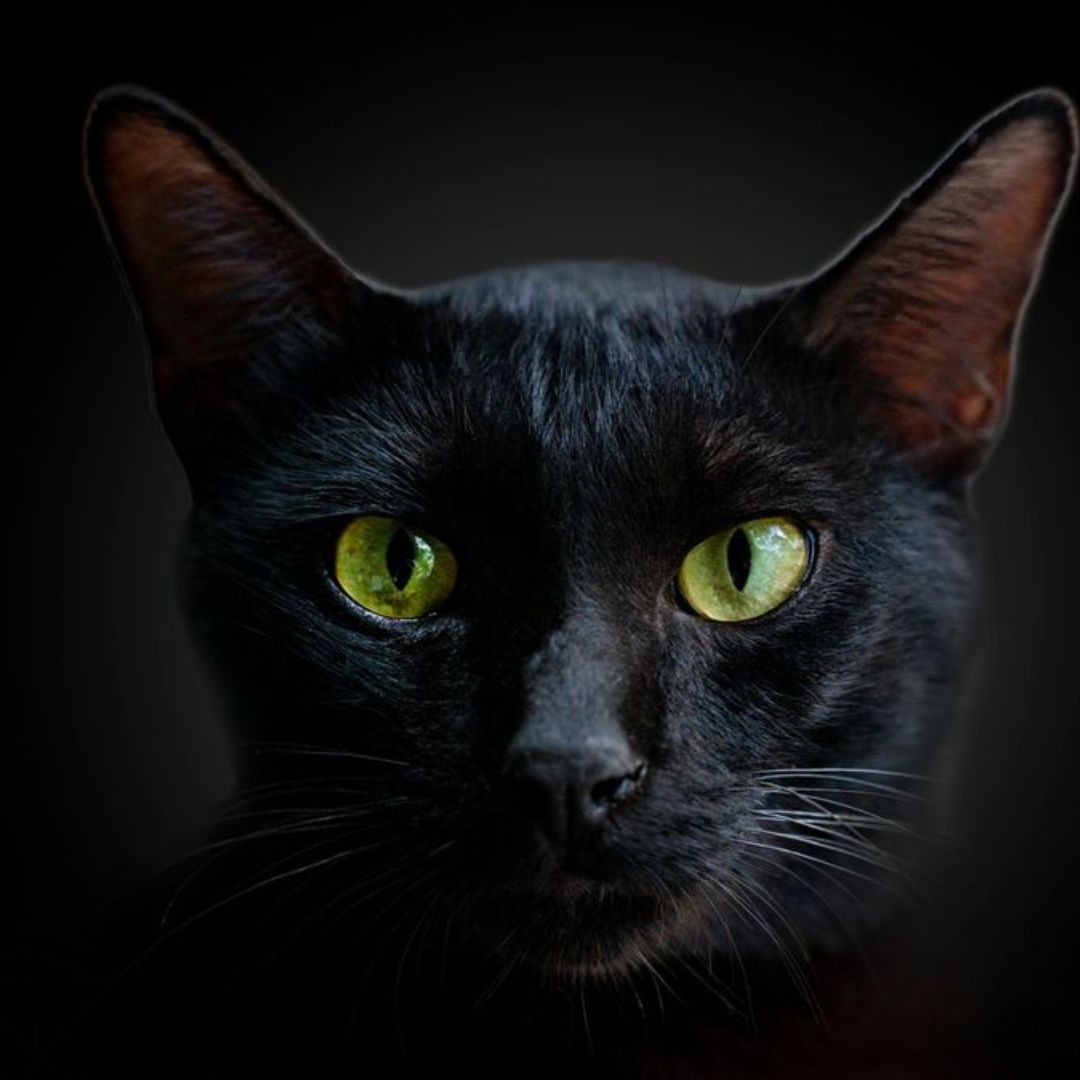
Cat Eyes in the Dark: Decoding the Mysteries of Feline Night Vision
Share
Cats have long been associated with mystery and myth, and one aspect of their intriguing nature is their supposed ability to see in the dark. It's a well-known belief that cats possess superior night vision, allowing them to navigate through dimly lit spaces effortlessly. In this blog post, we'll delve into the fascinating world of feline vision, exploring the science behind their eyes and understanding whether the popular notion that cats can see in the dark holds true.
The Anatomy of Feline Eyes:
To understand how cats perceive the world, we must first examine the unique structure of their eyes. Cats, like many nocturnal animals, have large eyes that contribute to their keen vision in low-light conditions. Their pupils are vertically elongated, a distinctive feature that allows them to adjust the amount of light entering the eye more effectively than round pupils. This adaptation is crucial for optimizing vision in varying lighting conditions.
Additionally, the tapetum lucidum, a reflective layer behind the retina, sets feline eyes apart. This structure enhances their night vision by reflecting light that passes through the retina back into the eye. This reflective layer is what gives cat eyes that eerie glow in the dark and contributes to their ability to see in low-light environments.
Nocturnal Adaptations:
Cats, as creatures inclined towards activity during the periods of dawn and dusk, reflect their ancestral heritage when their predecessors were primarily active hunters during the night. Over time, domestic cats have retained these tendencies, preserving elements of their nocturnal adaptations. Their eyes, crucial instruments for survival, have evolved to adeptly navigate and thrive in low-light conditions.
The Rods and Cones of Feline Vision:
Within a cat's eye, the retina contains two primary types of photoreceptor cells: rods and cones, each with specific roles in vision. Rods excel in detecting minimal light levels, essential for facilitating night vision. On the other hand, cones specialize in discerning colors and function optimally in well-lit environments. Cats boast a higher concentration of rods over cones, underscoring their reliance on vision in dimly lit surroundings.
Research on Feline Night Vision:
Numerous studies have investigated the night vision capabilities of cats. One particular study published in the Journal of Physiology found that cats could detect low levels of light and motion better than humans. The researchers concluded that the feline visual system is well-adapted for detecting prey in low-light conditions, supporting the idea that cats can indeed see in the dark.
Limitations of Feline Night Vision:
While cats undeniably have impressive night vision capabilities, it's essential to acknowledge the limitations of their visual system. Contrary to popular belief, cats cannot see in total darkness. Like humans, they still require some ambient light for their eyes to function optimally. The ability to see in extremely low-light conditions doesn't mean cats can navigate pitch-black environments effortlessly.
Conclusion:
In conclusion, the notion that cats can see in the dark is not just a myth but a well-supported scientific fact. Their unique ocular anatomy, including large eyes, vertical pupils, and the reflective tapetum lucidum, contributes to their exceptional night vision. Understanding the intricacies of feline vision allows us to appreciate the evolutionary adaptations that enable cats to thrive during low-light periods. So, the next time you catch your feline friend prowling around in the dimly lit corners of your home, remember that their remarkable night vision is a testament to the fascinating world of cat anatomy and behavior.
